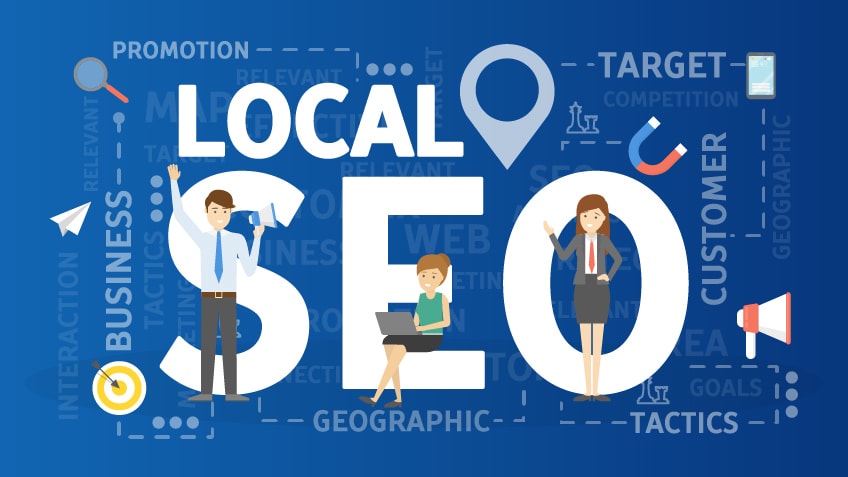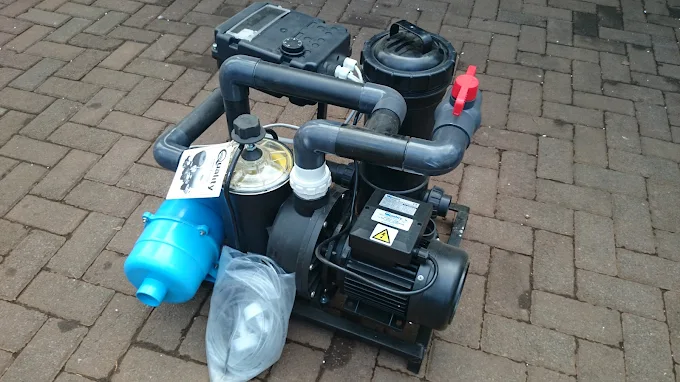
In a digitally charged environment where instant communication is a priority, businesses are actively evolving their strategies to connect with customers in real time. This demand for immediate, personalized engagement has led to the widespread adoption of conversational platforms powered by artificial intelligence. These platforms, known commonly as chatbots, have transformed how companies engage users, generate leads, and streamline customer support. As the digital landscape of 2025 unfolds, understanding the best practices for deploying conversational tools is essential for businesses seeking sustainable growth and brand loyalty.
With advanced machine learning, natural language processing, and contextual AI, today’s automated systems can do much more than answer basic questions. They can guide customers through complex journeys, offer personalized recommendations, and trigger actions that convert interest into revenue. Companies across industries are exploring how to effectively use these systems to boost engagement, and many are seeking expert partners like a Top Chatbot Marketing Agency to assist with implementation and strategy.
The Shift Toward Conversational Interfaces
Consumer behavior has evolved significantly over the past decade. Shoppers no longer wait for email replies or sift through long product pages. Instead, they expect real-time interactions, whether they are shopping, booking services, or resolving queries. Conversational marketing addresses this change by enabling two-way dialogues that feel natural and are designed to lead users toward a conversion.
This approach is inherently user-focused. It starts with listening to the customer’s intent and continues by offering tailored responses based on their unique needs. Unlike traditional marketing, which pushes messages at an audience, conversational strategies engage users and create a space for interaction and collaboration.
Key Benefits of Conversational Marketing in 2025
The increasing reliance on chatbots and AI-driven conversations is fueled by numerous benefits:
- Speed and Availability: Virtual assistants operate 24/7, responding instantly to user queries.
- Scalability: A single AI assistant can handle thousands of interactions simultaneously.
- Personalization: Data-driven insights allow the chatbot to offer customized responses.
- Efficiency: Automating routine queries reduces the workload for human agents.
- Customer Satisfaction: Real-time assistance improves user experience and brand perception.
- Lead Generation: Smart chatbots can qualify leads, schedule meetings, and push users further down the funnel.
Role of a Top Chatbot Marketing Agency
Working with a specialized partner ensures that your AI solution is customized to meet your goals. A Top Chatbot Marketing Agency understands the nuances of consumer behavior and the importance of a seamless conversational experience. From initial design to ongoing optimization, these agencies provide strategic insight and technical support that align with your business objectives.
They also assist in integrating your virtual assistant across multiple platforms, ensuring a consistent user experience. Whether it’s a website, mobile app, or social media platform, expert implementation is crucial for achieving optimal results.
Best Practices for Implementing Conversational Marketing
A successful conversational strategy is rooted in thoughtful planning and execution. Here are key best practices to follow in 2025:
1. Define Clear Objectives
Start with a specific goal. Whether it’s increasing lead generation, reducing bounce rates, or improving customer support, having a clear objective guides the design and function of your assistant.
2. Map the Customer Journey
Identify the touchpoints where your audience interacts with your brand. Determine where conversational elements can simplify or enhance the user experience. This could include product pages, checkout processes, or support sections.
3. Personalize the Interaction
Integrate your assistant with your CRM and analytics platforms to provide personalized responses. Use customer data to tailor greetings, offers, and recommendations.
4. Maintain Brand Voice
Ensure the tone and language used by the chatbot aligns with your brand. This maintains consistency across channels and builds trust with your audience.
5. Enable Human Escalation
Always provide a way for users to connect with a human if their issue is too complex for automation. This shows that your company values customer service and understands the limitations of AI.
6. Monitor and Optimize
Collect feedback and analyze interaction data regularly. Use these insights to refine responses, add new intents, and continuously improve the conversation flow.
Important Points
As conversational technology evolves, businesses must stay updated with the latest trends. Key points to consider include:
- Omnichannel Integration: Ensure your chatbot works seamlessly across all platforms.
- Voice Integration: Prepare for an increase in voice-based queries.
- Emotional Intelligence: Advanced bots can detect sentiment and adjust tone accordingly.
- Security and Compliance: Data protection is vital; ensure your solution meets industry standards.
- A/B Testing: Experiment with different conversational approaches to find what works best.
Metrics to Track for Success
Tracking the right metrics ensures your efforts are generating value. Focus on:
- Engagement Rate: How many users initiate conversations.
- Conversion Rate: Percentage of users completing a desired action.
- Customer Satisfaction (CSAT): Gather feedback directly from users.
- Drop-Off Rate: Identify where users are abandoning the chat.
- Average Response Time: Aim for immediate replies to enhance satisfaction.
- Lead Qualification Rate: Determine the effectiveness of your bot in identifying high-value leads.
Use Cases Across Industries
Chatbots can be tailored for a variety of industries. Here are some examples:
- E-Commerce: Assisting with product discovery, processing returns, upselling.
- Healthcare: Booking appointments, sharing health tips, managing records.
- Finance: Answering FAQs, guiding users through applications, fraud alerts.
- Real Estate: Scheduling tours, providing virtual walkthroughs, answering pricing queries.
- Travel: Offering itinerary suggestions, booking support, live updates.
Future Trends in Conversational AI
Looking ahead, several advancements will continue to shape how businesses use conversational marketing:
- Hyper-Personalization: Using AI to predict user behavior and offer relevant solutions.
- Augmented Reality Integration: Enhancing chat with visual guides or virtual tours.
- Multilingual Capabilities: Expanding support for global audiences.
- Blockchain: Enhancing data transparency and secure interactions.
Why Choose a Top Chatbot Marketing Agency?
Investing in expert services ensures your solution is not only technically sound but also strategically aligned with your marketing objectives. A Top Chatbot Marketing Agency provides:
- Custom chatbot development
- Integration with marketing and sales platforms
- Ongoing optimization and maintenance
- Analytics and performance reporting
- Conversational design that aligns with your brand
These agencies bring experience and insight that can significantly enhance your results, especially in competitive markets.
Conclusion
Conversational marketing represents a powerful shift in how businesses interact with their audiences. With the right approach, it can drive engagement, generate leads, and foster long-term customer relationships. By partnering with a Top Chatbot Marketing Agency, brands can ensure they stay ahead of the curve in 2025.
Embracing conversational tools is no longer optional. It’s a necessity for businesses looking to thrive in an age where consumers value speed, personalization, and seamless experiences. With the right strategy and support, automated interactions can become one of your most powerful marketing assets.






